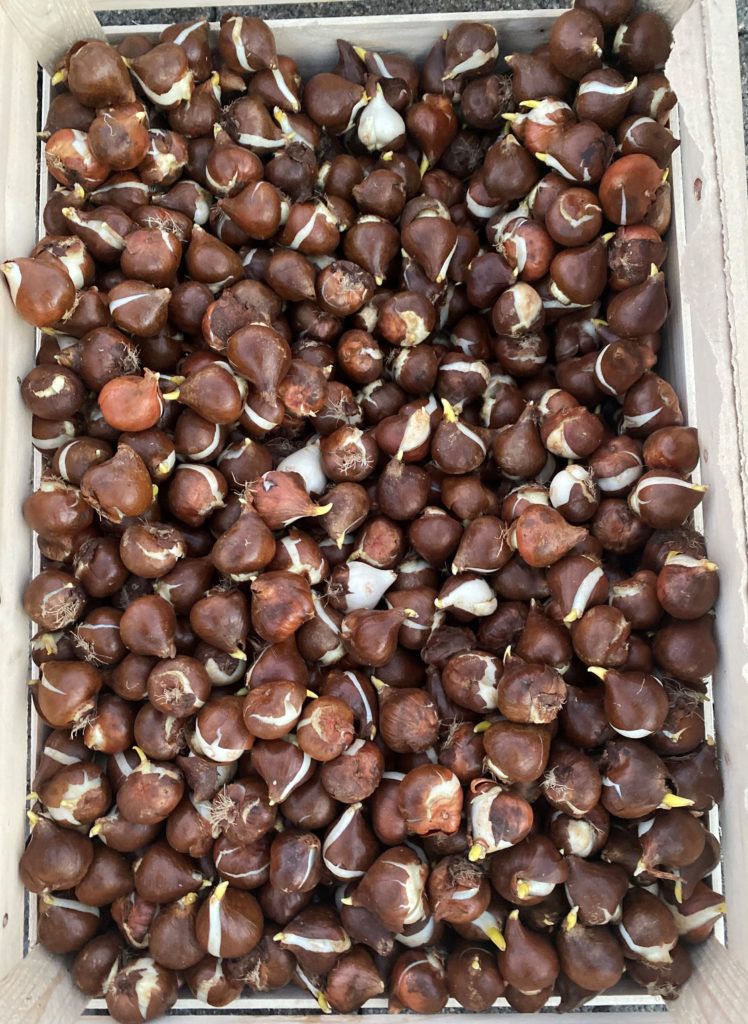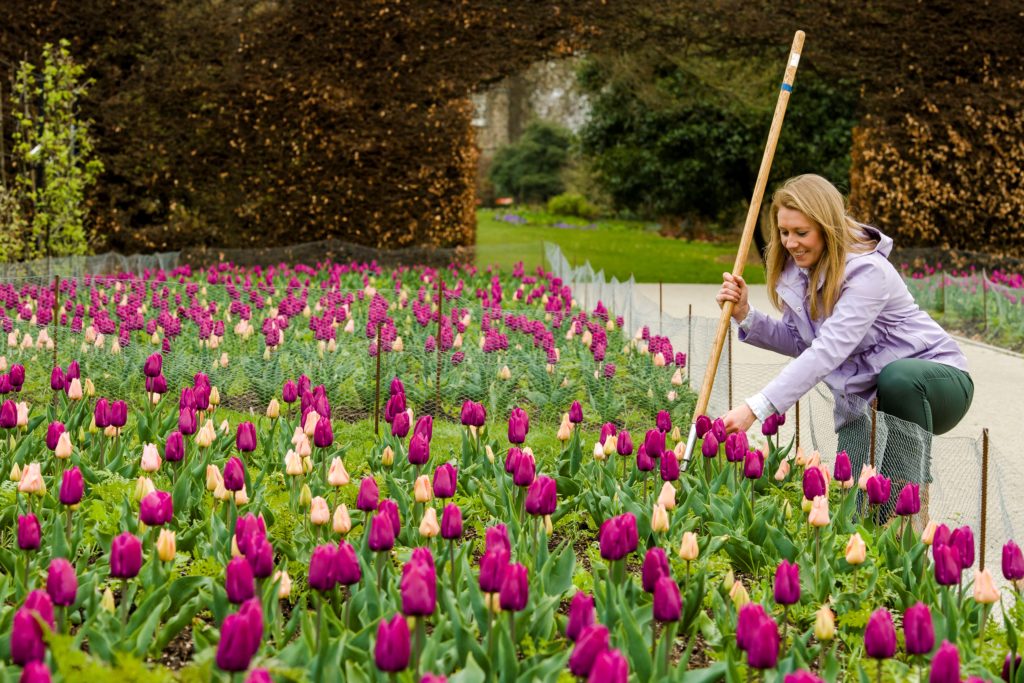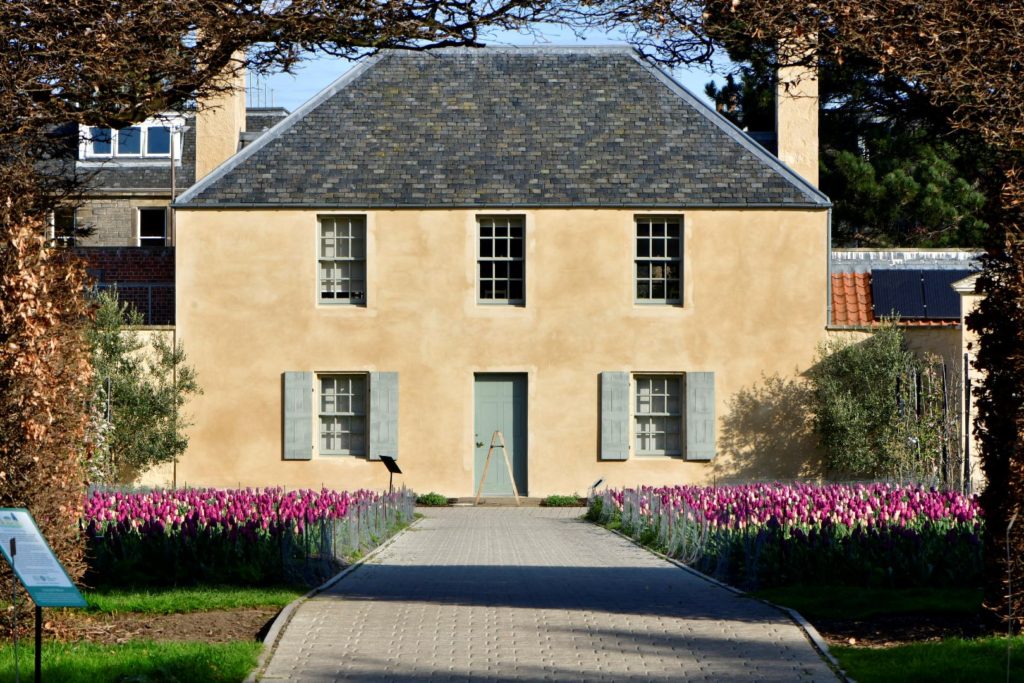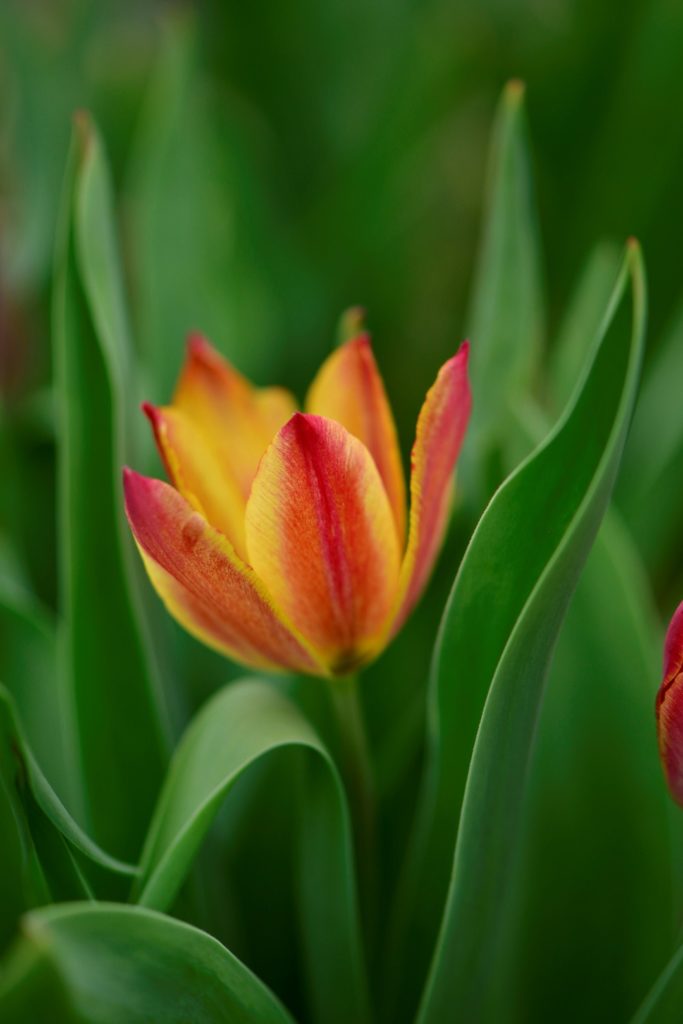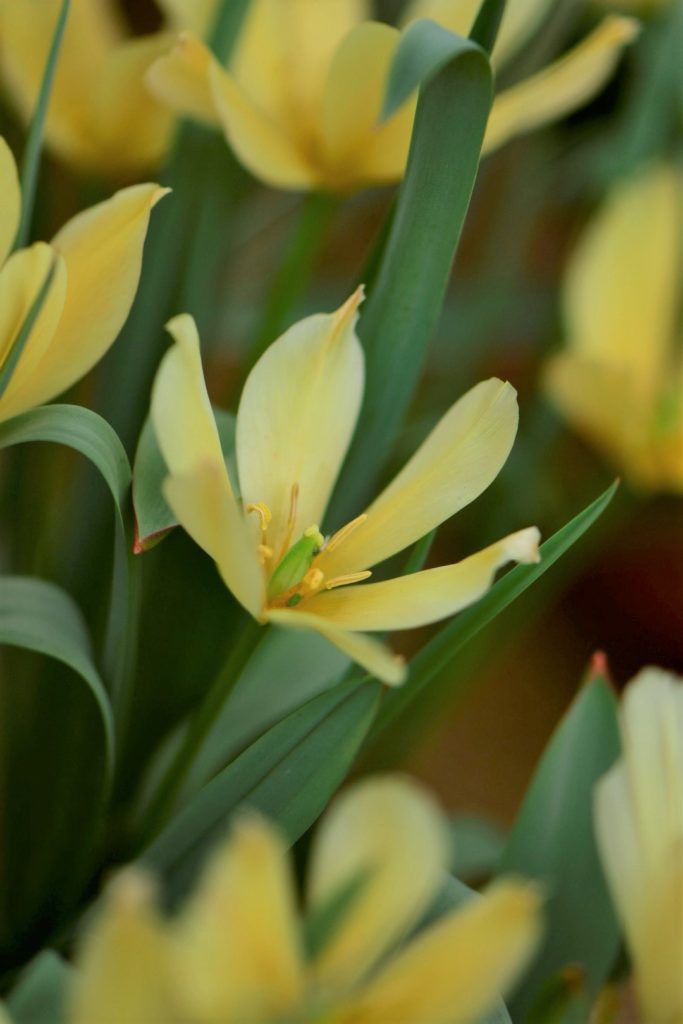At the Royal Botanic Garden Edinburgh we were kindly donated 15,000 tulips by Taylor’s Bulbs to create a stunning colourful display leading up to the famous Botanic Cottage for our visitors during Spring 2022. The varieties in the design were ‘Apricot Beauty’ and ‘Purple Prince’ and were planted by students and skilled horticulturists.
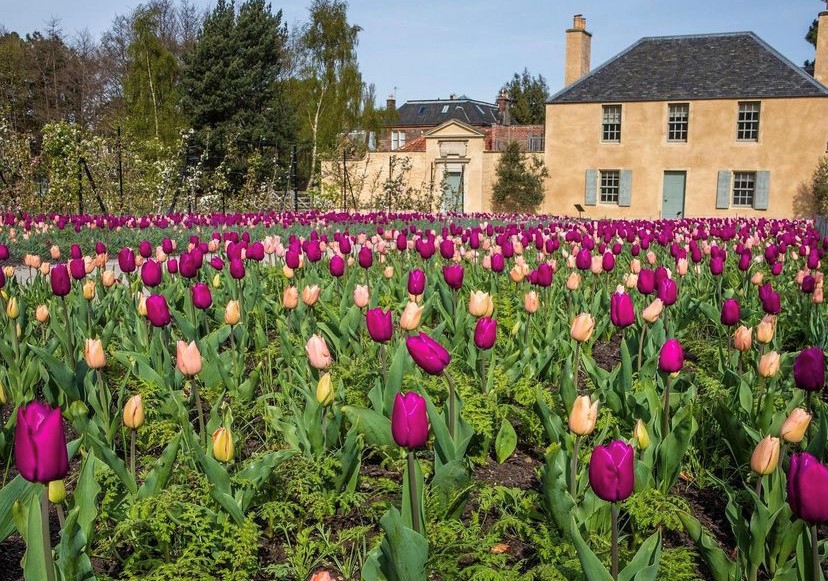
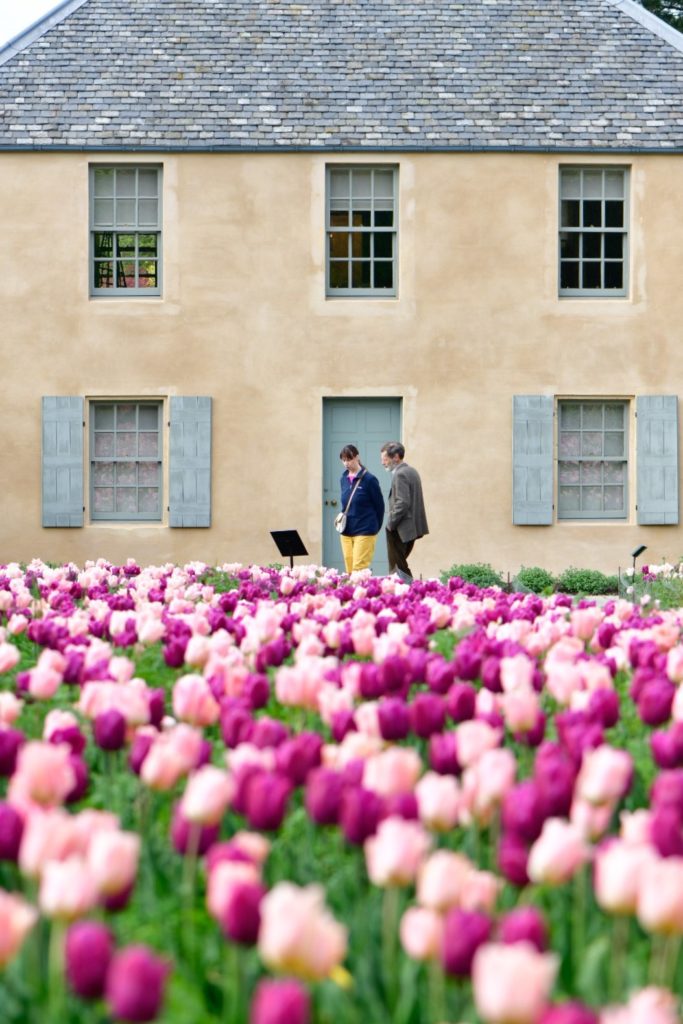
This colourful en masse planting was also used to highlight the fact that RBGE grows and conserves 59 species of wild species tulip, collected from Spain in the west to Kyrgyzstan in the east. You can see many of these tulips in the specialist Alpine house and in the Rock Garden during Spring. Sadly many wild species of tulips are under threat from climate change and habitat loss highlighting our important horticultural conservation work to safeguard them for the future.
The tulip is a flower that has a long history covering many centuries up to the present day. It is the only known flower on earth that has influenced social, political, religious, economic and cultural change. The tulip flourished during the Ottoman Empire where it appeared as a motif on prayer rugs, tiles, manuscripts, murals and even headstones. The tulip originates from the East of Europe. Its wild range spreads from Ankara in Turkey to Jerevan and Baku in the East to Bukhara and Tashkent and onto the mountains of Pamir Alai and Tien Shan which is the main origin of the population of the tulip species. It is from these wild cousins that we have cultivars that are named and enjoyed today. The selection and breeding of tulips is known to have even occurred in the fifteenth and sixteenth century in Persian and Turkish gardens.
Holland was the country that experienced an unbelievable point in the history of the tulip. Tulipomania, which occurred between 1634 and 1637 in Holland, still causes much debate and confusion amongst historians and economists today. At the height of Tulipomania a single tulip bulb could be sold for the same price that would have bought a town house in the best quarter of Amsterdam. At this period of tulip madness, a tulip was seen as the ultimate status symbol. People were fascinated and blinded by the flower. They became obsessed and Tulipomania spread like a fever through the country. Tulip prices continued to rise significantly.
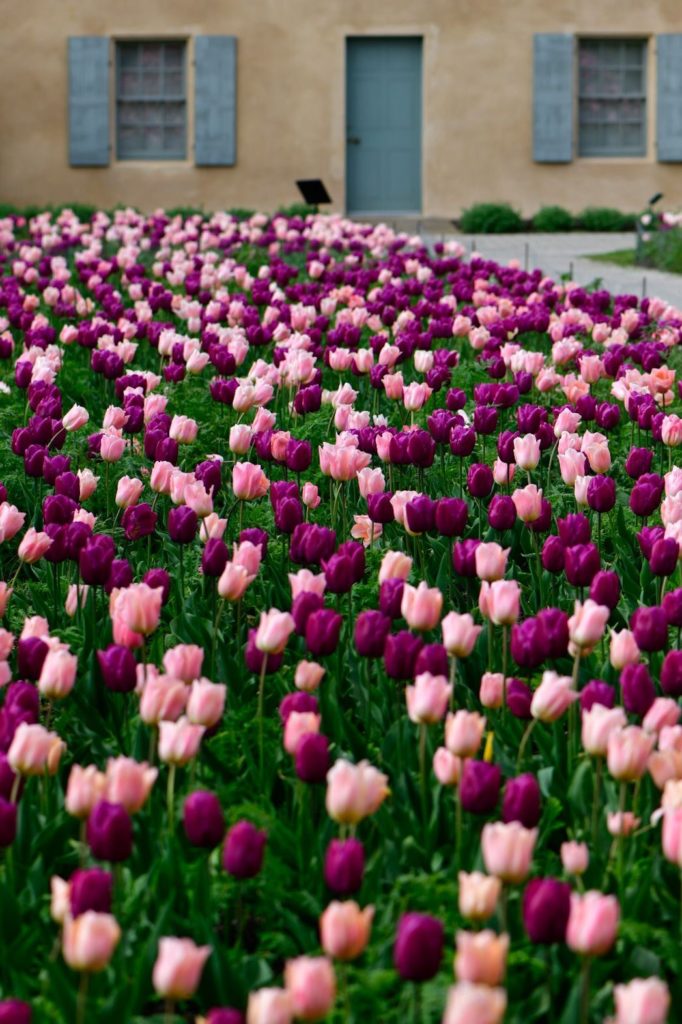
Never have flowers been more apparent in people’s ordinary lives than in Holland during the seventeenth century. The driving force that ended Tulipomania was the tulip’s ability to unusually change colour at its own will. A flower may be red one year but could emerge completely different in shape and colour the following year. The most sought after types of tulips were the ‘broken tulips’ which are also known as florist tulips. The colours are very distinctive which come from the anthocyanin pigment in the flower petals. This pigment seeps to the edges of the petals which in turn creates the most dramatic tulips. These were the tulips that were seen throughout Dutch flower paintings during the 17th century. The cause of this breaking was unknown for a long time and many grew plain coloured tulips in the hope that they would eventually break.
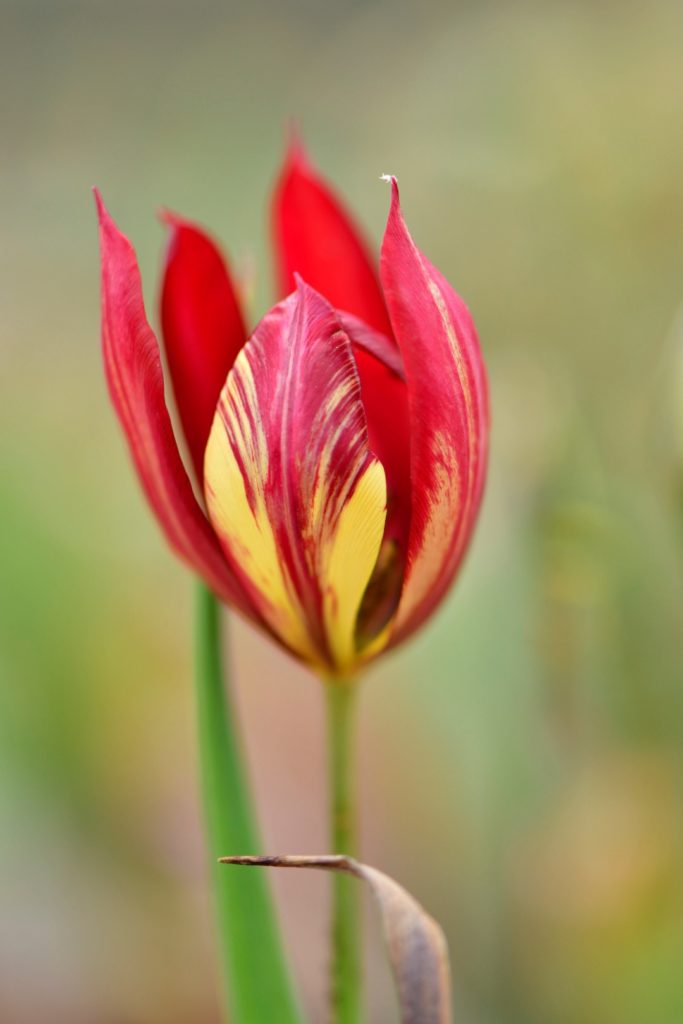
When it comes to planting tulips in your own garden they look best planted in clumps or drifts for stunning impact. In some gardens you can plant them into long grass. This is a good idea for tulips that you may have had in containers or pots the year before. However, note in long grass they will only flower for a year or two and won’t naturalise. Tulip bulbs are best planted in autumn (September to November) when the plant is dormant.
